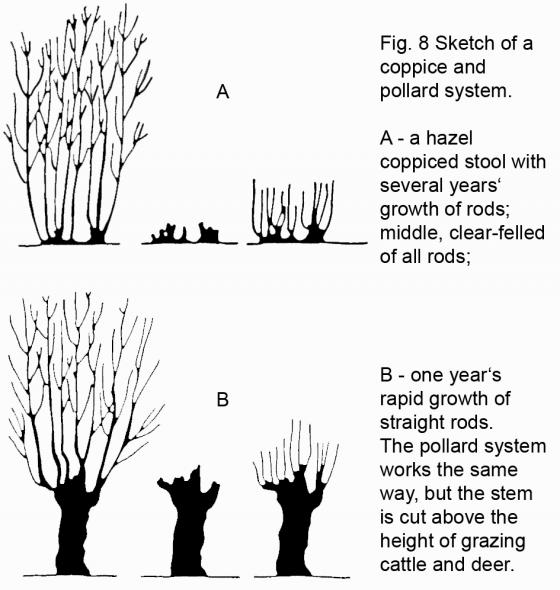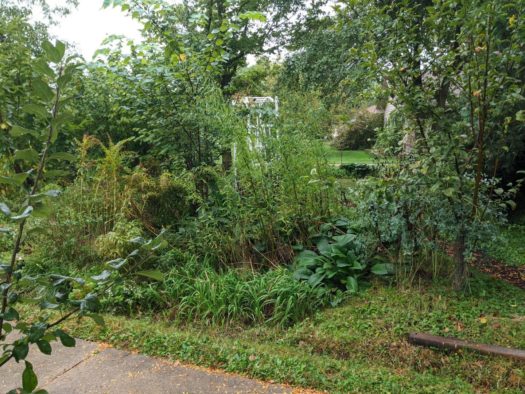Coppicing/Pollarding
- Brianna
What is Coppicing and Pollarding?
Coppicing and pollarding are two methods of tree trimming that allows us to continually harvest wood from the same trees while keeping them healthy for centuries. They produce a sustainable supply of timber for many generations while enhancing the natural state for wildlife and native plants.
Why we use Coppicing and Pollarding in Permaculture.
- Provide continuous supply of sustainably-harvested wood for:
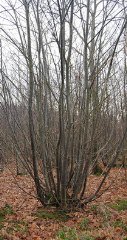
Coppiced Tree - Thermal Mass Rocket Stoves for home heating
- Wood Gasification Units for energy generation and auto/truck fuel
- Increase the biodiversity of the CSC property
- Support the hydrological cycle of the area
- Sequester carbon and humus in the soil
We teach the fundamentals of coppicing and pollarding in our Permaculture Course.
Coppicing/Pollarding ExplainedDating back thousands of years in Europe, coppicing and pollarding were used to continually harvest juvenile shoots off the same trees for fuel and craft materials. The concept is simple: by cutting a deciduous tree when it is dormant, you allow it to send up fresh shoots in the spring. These are harvested again when they reach the desired size — anywhere from 4 to 25 years. The best trees for either technique are deciduous trees that don’t “bleed” too much (such as maple). Oak, hazel, ash, chestnut, and willow work well.  The main difference between the two methods is that coppicing occurs at ground level while pollarding is done 8-10 feet high to prevent browsing animals from eating the fresh shoots; typically, coppicing was done to manage woodlands and pollarding was done in a pasture system. Coppicing a tree produces multiple stems growing out of the main trunk — suitable for firewood, fencing, tool handles, and many more woodland crafts. A properly coppiced woodland, harvested in rotational sections called coups, has trees and understory in every stage and is a highly effective method to grow a fast supply of naturally renewing timber. By working on a rotation we are assured of a crop somewhere in the woodland every year. Pollarding (from the word “poll,” which originally meant “top of head”) has been used since the Middle Ages — in fact, there are still stands of continuously pollarded trees that date to that time. Today, it is a technique that can be used in very urban environments to prevent trees from invading utilities or sewers . . . but its historical use of a wooded pasture system also fits into a permaculture method very well — stacking functions to get more yield out of one area. What makes these methods so appealing is that by keeping the tree in a perpetual juvenile state, they actually extend the life of the tree by hundreds or sometimes even thousands of years. Diseases rarely have time to take hold of the young growth and weather elements do not affect trees of short stature so they live much longer than their unpruned counterparts. And, because permaculturists don’t like to do more work than we have to, these methods actually reduce work two ways: by harvesting wood that is already partially dry (during the dormant season), and by growing firewood to just the right size and no more — less need to split and stack wood for drying. Pre-industrial Europeans thought it was a waste of human energy to grow a tree to a huge size just to kill it, split it, and have to replant . . . I’m kinda liking their mindset. What Makes This So Awesome?Well, everything! Both methods provide a renewable, carbon-neutral energy source. Let me say that again: a renewable, carbon-neutral energy source. Correct me if I’m wrong, but isn’t energy kind of a big deal these days? What coppicing/pollarding experts are saying here is that we actually can have it all — a sustainable, clean energy source that will meet all of our needs . . . including fueling our vehicles. Those things are grand, but these techniques supply a plethora of other benefits too. Like: improved soil and water quality, natural woodland protection (because these methods work so well, there will be less and less need to cut mature trees), labor reduction (replanting every year? so old-school), and regeneration and toxic clean up. Hm. A lot of problems on our planet can be corrected and eliminated by just planting some trees.  The Flora and Fauna and All That JazzTurns out, coppicing also fosters a huge jump in biodiversity because of the bursts of sunlight that hit the forest floor. Many kinds of woodland flowers, butterflies, and birds thrive in coppiced woodlands and are not found in other areas. In fact, some rare butterflies have a very close association with regularly coppiced areas. Also, the different stages of woodland vegetation in a coup provide a wide variety of habitat for wildlife.
How it WorksTo perform either method, the tree must be pruned severely – either to the ground or just around the trunk. It’s highly recommended that these techniques are only performed on young trees since they are far more receptive to pruning and healing — and by keeping them young by cutting their fresh growth every few years, the trees will actually live longer by avoiding many of the diseases and other issues of old trees. What makes these methods work so well is that the selected trees will already have a fully developed root system so their regrowth will be extremely fast. By performing regular pruning, the associated root die-back will also work to increase the humus content of the soil right around the tree to create a nutrient-rich environment . . . helping the tree even more. 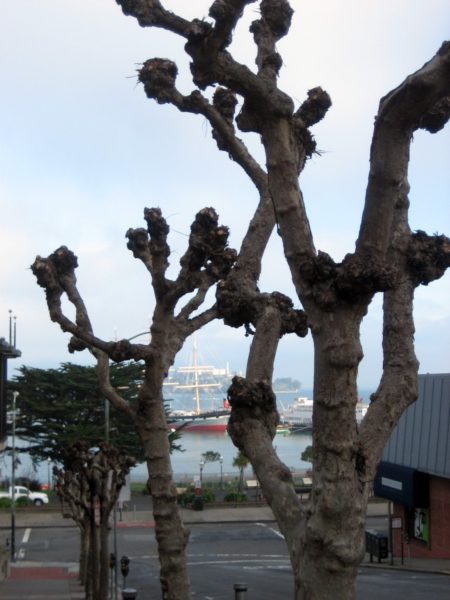 Who’s Doing It? While coppicing and pollarding are making a comeback in Europe for ecological, rather than economical, reasons, they’re starting to make an appearance in the United States for the first time as well; cities like San Francisco use pollarding to co-exist with their urban trees without interference in utility or sewer lines. Several universities throughout the Midwest and Northeast recently worked (early 2012) with the State University of New York on a Willow Biomass Crop Feedstock Development project which looks promising for the future of perennial energy crops, and Cornell also started a separate study in July of 2012 about the bioenergy capablities of willow with one goal being to use the shrub to improve marginal lands and show farmers that it is a viable crop. Notably, Permaculture guys Dave Jacke and Mark Krawczyk have collaborated on a forthcoming book that looks like it will change the nature of thought in the United States towards woodland management and possibilities. Here’s the link for their project: Coppice Agroforestry. 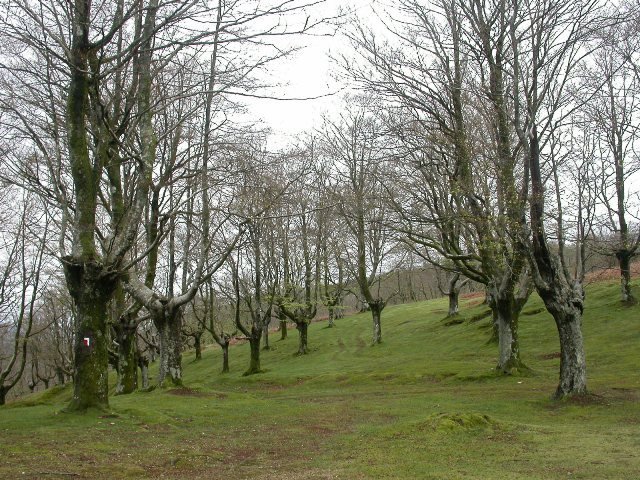 Creative Applications We can even stack these functions and put the tree crops in a pasture system. Now we’re getting fuel and meat/fiber from one plot. It really doesn’t take that much space to be sustainable. One of the most exciting aspects of these methods is producing a sustainable supply of timber for fuel! Willow is very receptive to either method and is also one of the trees of choice for biofuel . . . and gasification. We can heat our homes and run our vehicles on plants that want to grow! For a creative detour, we’ll explore the possibilities with just one plant, the willow. Why is this one species so exciting? From a growing standpoint, willow is:
Plus, environmentally it:
And it can be used for:
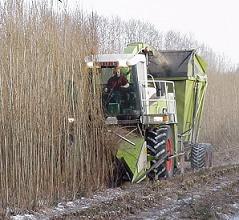 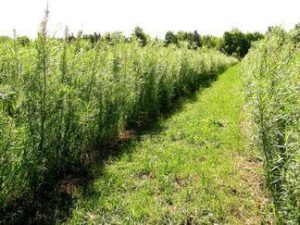 It’s important to note that the willow example is not intended to become another industrial monoculture and an excuse to clear-cut more land, but rather to show that we have options as we transition bare-open-erodible farm land to a more permanent-agricultural system. In a permaculture designed system, perhaps hazelnut could be grown-in with the willow and only a partial harvesting of nuts, wood, and basket weaving material would be harvested each year. If ducks were rotated through to provide nutrients and keep the grass down there would be another crop from the same property. The possibilities are endless . . . It’s obvious that with our modern technology and knowledge we have a wide array of choices for sustainability at our fingertips now! Bringing It HomeHopefully you can see why we are so excited to implement these methods on our CSC property! Our linear food forests, hedgerows, orchard conversion, and the willows that will hold our chinampas in place, all will have some sort of coppicing and/or pollarding applied to the system. The beauty of permaculture is that it supplies hope in a world that so often seems frantic and out of control. With all the worry over rising fuel costs and the implications that carries, we can rest easy knowing that it really is possible to take care of ourselves and our families — as long as we continue to respect the wisdom of the earth. Added Oct. 2021
|
Bri Wrench earned her Permaculture Design Course Certificate from Midwest Permaculture in the fall of 2012 and currently homesteads on a small, rented farm in central Ohio. She and her husband Kenny are looking to buy property to start a permaculture demonstration farm. |
[contentblock id=10]

